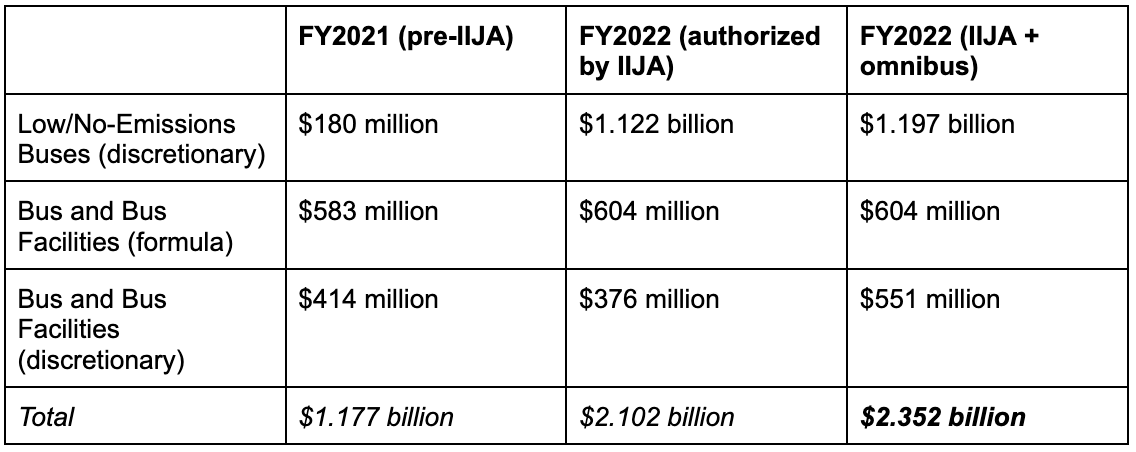We need to be sure that CARTA, LINK and the other little transit services in the area are asking for the funding that is available. Please review this and give us your input.
At last week's CARTA Board meeting a staff member tried the old, tired,
'We have no money" line on Millicent Middleton, who is trying to slow down the proliferation of white crosses on the Sea Islands where poor people trying to walk miles home, often after dark, get hit and killed by cars over and over. It's time to be sure that all of us, like Millicent, know and let them know that this isn't true. Over ten million dollars a year in local transit funding for the improvement of regular bus service is currently being misappropriated to road construction. The LCRT project is being delayed so it's funding can also be diverted to road construction. These agencies have millions in potential federal funding they can get as well. We still haven't gotten an answer from Nancy Mace on her position on our Transit Questions. We're going to be talking to all the Candidates for Congress from the 1st. and 6th. district and publishing what we're able to learn on Right to Ride Day, May 4.
March 22, 2022
The Infrastructure Investment and Jobs Act–the “bipartisan infrastructure law” signed last year–offers limited relief when it comes to operating transit service. But the good news is that it represents a sea change when it comes to capital investment. It expands the size of the federal transit programs by at least 49%–not enough to meet all repair needs, but enough to allow many agencies to escape austerity and plan to improve the rider experience while modernizing what they have.
A perfect illustration of this is the U.S. Department of Transportation’s most recent request for applications to the federal Bus and Bus Facilities Grant (USDOT calls this a Notice of Funding Opportunity, or NOFO). Earlier this month, USDOT issued a NOFO for two major grant programs that fund bus-related capital needs, with applications due May 31:
- $1.1 billion for the Low-No Emission Bus program, which pays for low-emission and zero-emission buses, facilities and equipment which supports them, and stations and stops that accommodate them.
- $372 million for the Bus and Bus Facilities Grant program, which is used to buy, rehabilitate, or lease buses and vans and “bus-related facilities.” (Another $604 million in this program will be distributed to transit agencies through a legislative formula, without needing to apply.)
Like most federal grant programs, these require a local contribution (of 15-20% in most cases).
Under IIJA, nearly twice as much funding is available through these programs, with the increase concentrated in the “Low-No” program. Congress then added another $250 million to these programs in the fiscal year 2022 “omnibus” act, which was signed by President Biden on March 15 and keeps the government funded through September 30 (the additional money from the omnibus will likely be awarded through this NOFO as well.)
IIJA Grows Federal Programs for Bus Capital Needs
The growth in funding creates opportunities to use the “Bus and Bus Facilities” part of the pie for improvements to riders’ experience and working conditions.
Historically, both programs have paid for the replacement of buses that are more than 12 years old, as well as antiquated maintenance facilities. For example, in 2021, when $760 million was awarded through the discretionary parts of these programs, 107 of the 119 grants were for normal bus fleet replacement or updating or replacing old facilities.
Other types of bus improvements have long been eligible, but have always received a small slice of the program. Bus and Bus Facilities grants have helped pay for benches, shelters, and ADA improvements at 100 bus stops in Salt Lake City; bus rapid transit corridors in Albany, New York and the Bronx; bathrooms for riders and workers in Lewiston, Idaho; modernized fare collection systems at agencies in Massachusetts and Texas; and new buses associated with service expansion in Seattle.
These types of upgrades are not “nice to have” – they are fundamental to providing universal access and a dignified transit experience. Installing bus shelters has been shown to increase ridership, and can correct the longstanding pattern of agencies dedicating more funding to rail facilities than bus facilities. A lack of access to restrooms is an abiding health and safety concern for transit workers across the country. And ADA accessibility determines whether or not someone can use transit at all.
Transit agencies which have struggled to simply maintain bus fleets now have more leeway to think big. Agencies with plans on the books to improve the bus riding experience, like Houston’s METRONext or Atlanta’s Move MARTA, should look to the Bus and Bus Facilities program (and other programs expanded in IIJA) to accelerate those plans. Doing so will require the identification (and political support) of local funding sources that can meet federal matching requirements.
For agencies without such plans in the works – now is the perfect time to escape the austerity-driven replacement mindset, and to think expansively about how to compete for and use this money. And advocates, it’s up to you to provide them with ideas and encouragement.

Support us and Contact Us
- You can support our continuing efforts for better transit by making a contribution online on Act Blue
- You can reach us by emailing executive director William Hamilton at wjhamilton29464@gmail.com or by calling 843-870-5299.



No comments:
Post a Comment